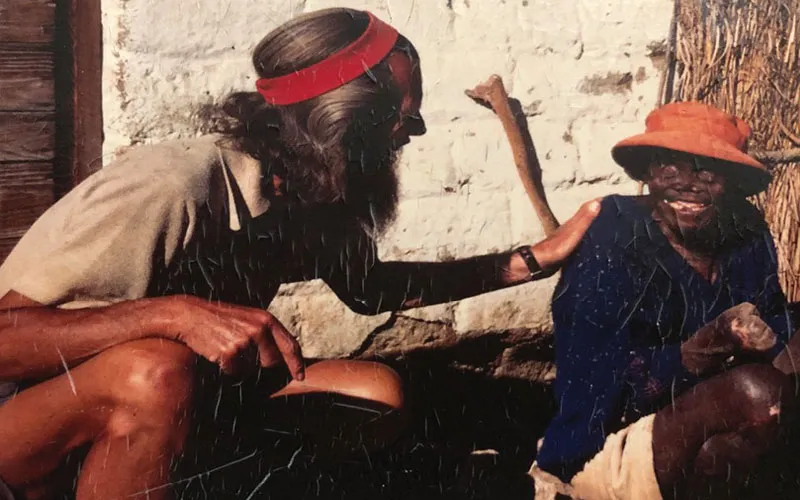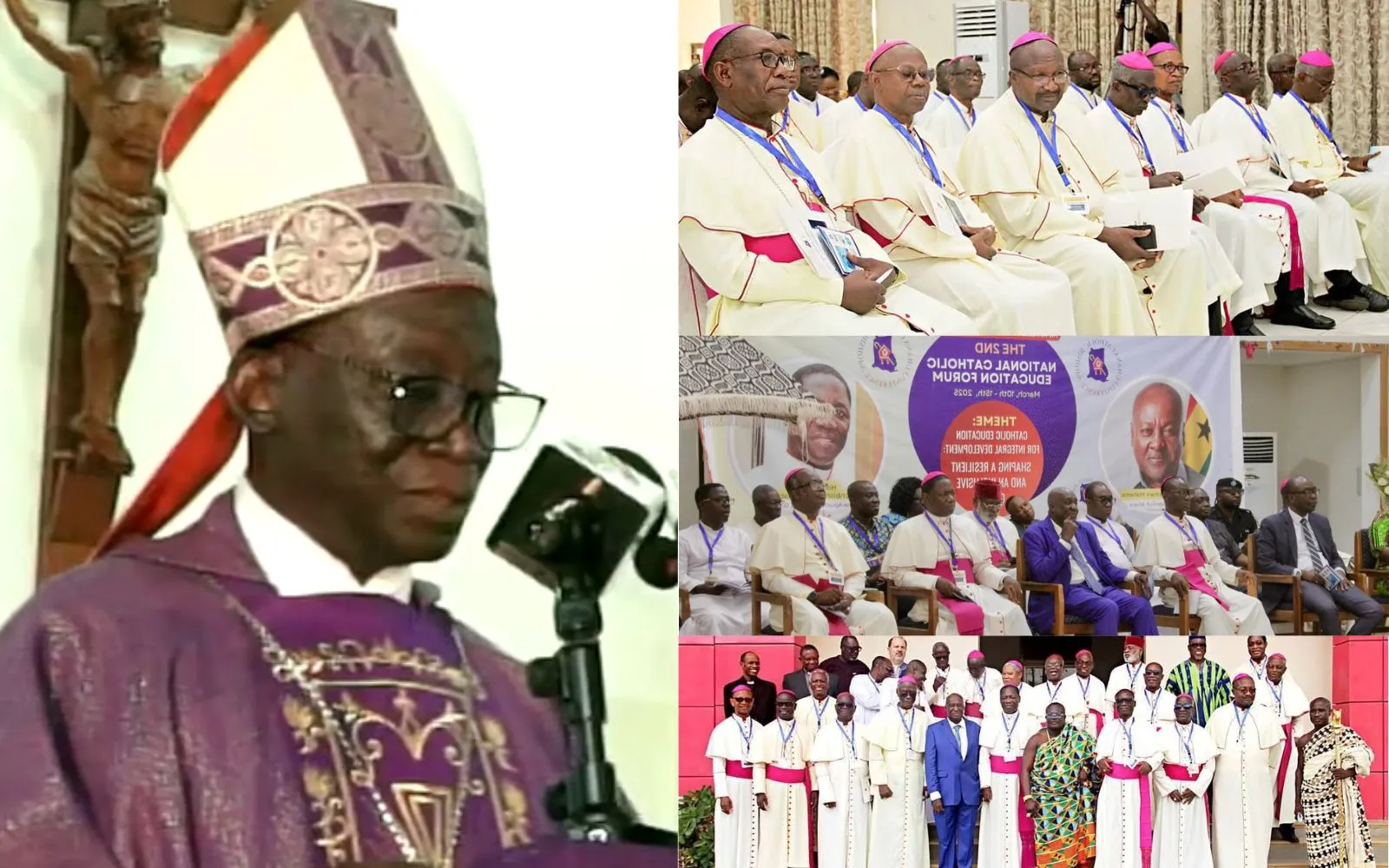Harare, 24 September, 2019 / 3:36 am (ACI Africa).
A respected figure among the Catholic community in the landlocked southern Africa country since his death 40 years ago, British-born John Bradburne could become Zimbabwe’s first saint. According to reports, Bradburne was shot in the back after having been abducted from his hut in Mutemwa in the north-east of Zimbabwe. Who was he?
Born in 1921 to Anglican parents in Cumbria, England, Bradburne converted into Roman Catholicism in 1947 while living with the Carthusians. A desire to travel the world saw him shuttle between England, Middle East and Italy.
Tired of travelling and moved by a desire to find a deeper meaning in life, Bradburne joined the Secular Third Order Franciscan in 1956.
He later made contact with Fr. John Dove, a Jesuit friend living in Zimbabwe enquiring whether there was a “cave in Africa” where he could pray. An affirmative response from the priest saw Bradburne travel to the southern Africa country, arriving in 1962.
In Zimbabwe, he revealed to a Franciscan priest that his desire in life was “to serve leprosy patients, to die a martyr, and to be buried in the Franciscan habit.”








